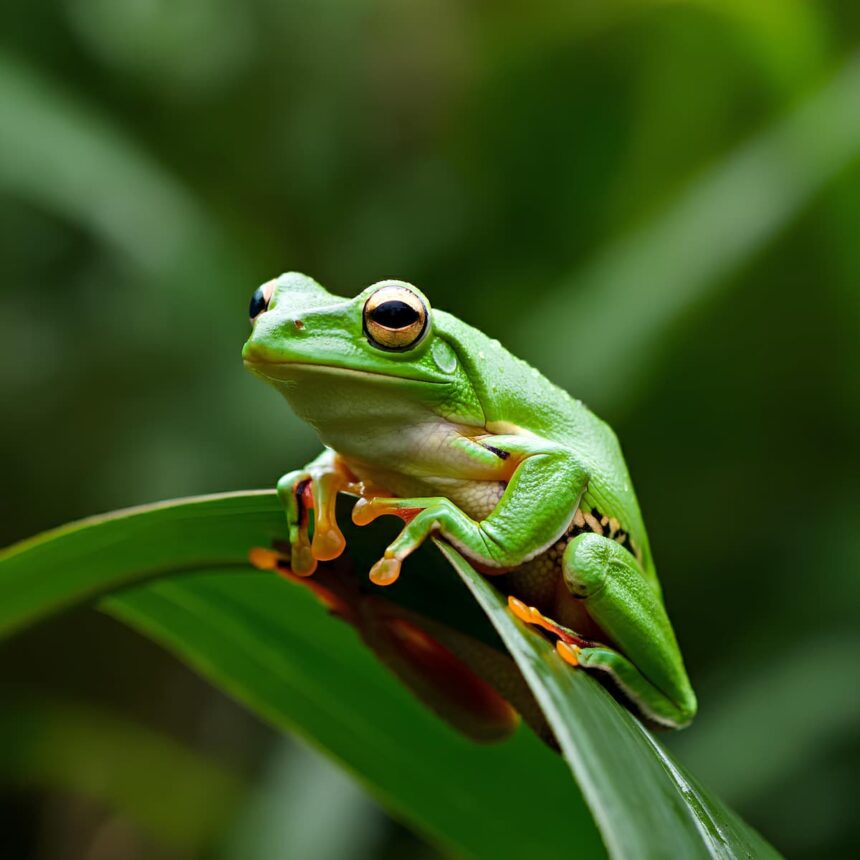Amazing Facts About Frogs
There are over 7,000 species of frogs worldwide, making them one of the most diverse groups of animals. They can be found on every continent except Antarctica.

There are over 7,000 species of frogs worldwide, making them one of the most diverse groups of animals. They can be found on every continent except Antarctica.

